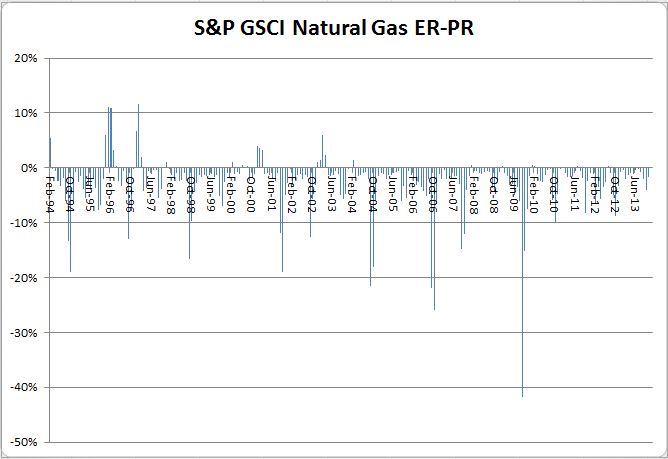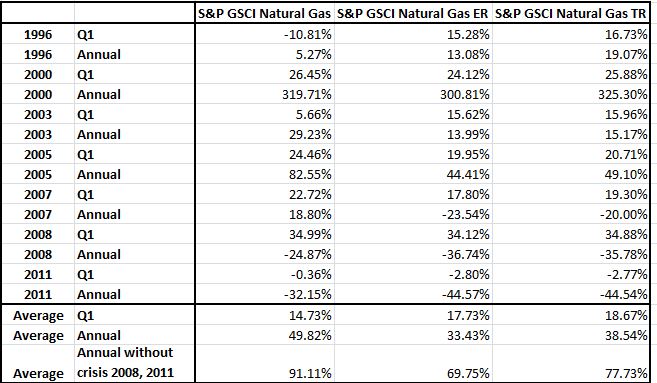Friday, January 24 was a rough day for the US equity markets with the Dow Jones Industrial Average shedding 318.24 points or 1.96%. Driven by increasingly wide spread expectations of a market correction and slowing manufacturing in China, the Dow experienced its worst single day point drop since June 20th of last year. On that day, the markets gave back over 353 points after comments from former Fed Chairman Ben Bernanke fueled fears of an imminent stimulus taper.
Lowlights from today’s tape:
- Today’s drop leaves the DJIA down nearly 700 points or 4.21% on the year. It’s a pretty arbitrary measurement, but that’s the worst 16 day start since 2009 when the DJIA lost over 7.50% over those early days.
- Visa (V), responsible for the loss of nearly 45 points, was the worst performer. Boeing (BA) was responsible for taking off nearly 30 points and 3M (MMM) nearly 29. Procter & Gamble (G), adding just over 6 points, was the best performer and one of only 3 Dow stocks up on the day.
- As a group, Financials were the worst performer today (-97.42 points) and year to date (-174.36). None of the 9 industries represented in the DJIA were up today, nor are any up on the year.










